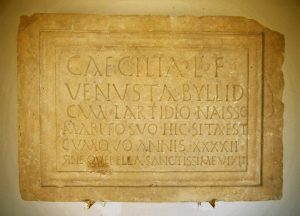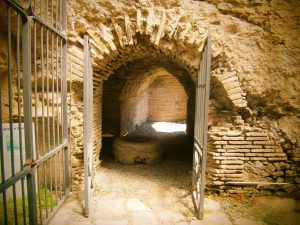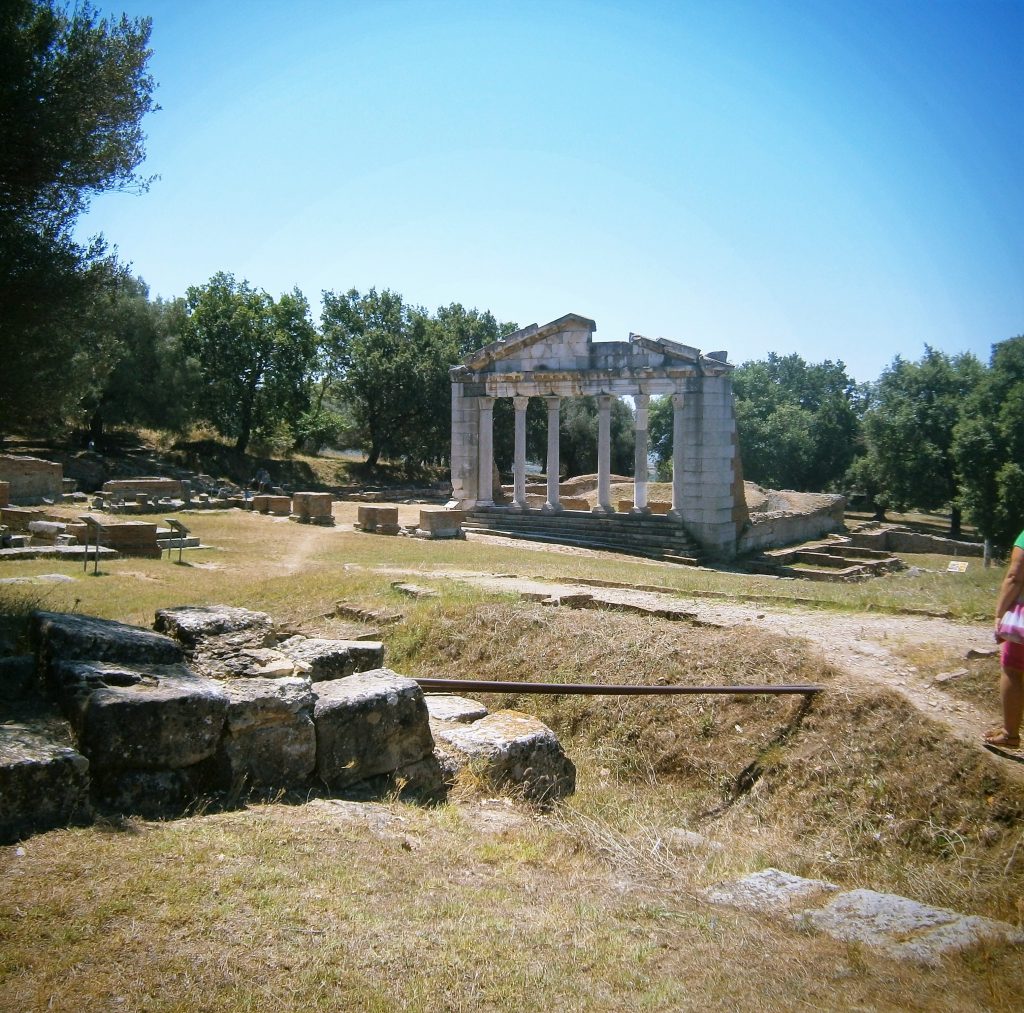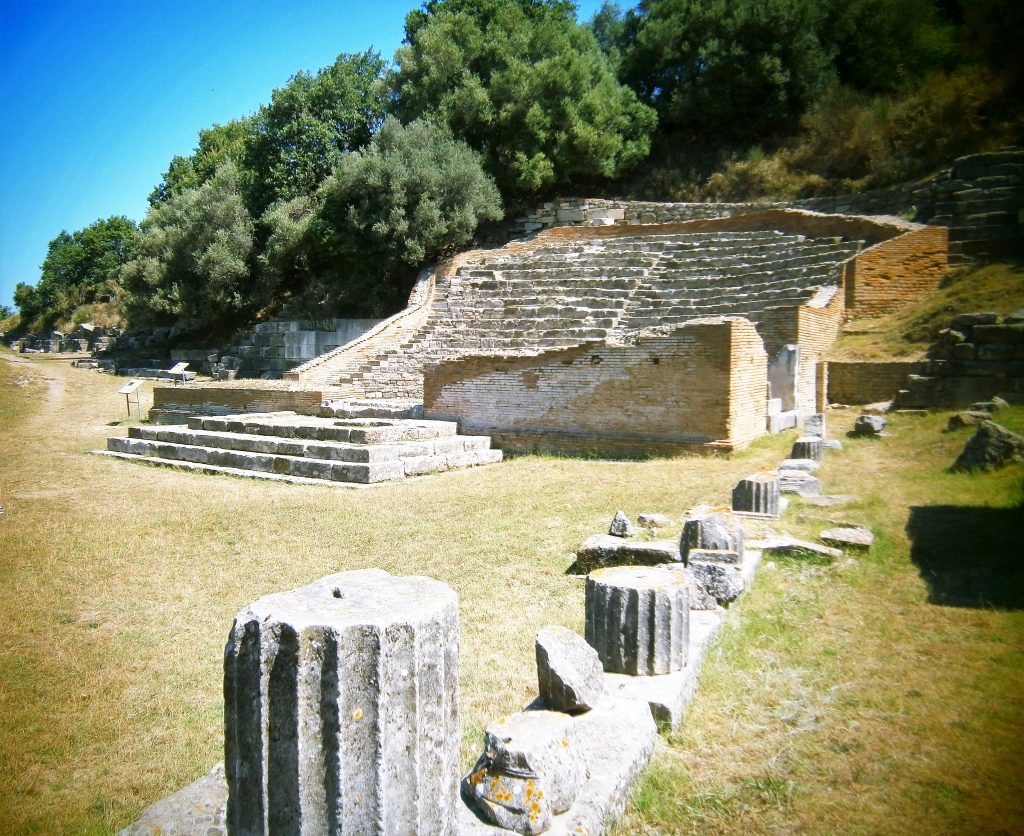Apollonia & Epidamnos Impression
If we were in Durres about zhruba 3,000 years ago, we would find the Illyrian tribes of the Taulants and the Parthians. They are indigenous people of this territory. The first written references appear in the 7th century BC from ancient authors. The existence of this city we owe the Greeks, whose arrival in this area was part of the so-called great colonization. They wanted to eliminate overcrowding and lack of land. Its origins date back to 628 - 627 BC when they founded the village of Epidamnos (now Durres) and 39 years later in 588 BC Apollonia. Then followed Buthroton (today Butrint) and Orikon (today Oricum), which are originated at the turn of the 6th and 5th century BC.

If you are interested in Apollonia, have any questions or you want to share your experience, you can find us also here.
Greek colonies Epidamnos (later called Dyrrhachion), Apollonia and Buthroton gradually transformed into independent city states - polis.All developed independent economic, commercial and cultural activities. Rich historical monuments prove a high standard of life comparable to the Greek cities in Greece itself. The colonizers also brought religion with them. The God of Apollo gave name to Apollonia, and in Epidamnus Zeus was worshiped.
For the Illyrian tribes that lived nearby, the Greek colonizers were invaders. On the other hand, the civilization influence of the Greek cities had a beneficial effect and helped the Illyrians to develop. Finally, barter trade has developed between Greek cities and Illyrian centers. Since the second half of the 5th century, both cities have been minting their own coins. The Greek influence is also reflected in the assumption of Greek as a cultural language. Illyrian influence in abundance began to appear in both cities. They influenced the life of cities, but they were not in subordinate positions.
In the rest of Albania, Illyrian social formations of supernumerary type originated and later merged into the Illyrian kingdom.The king of Illyrians Glaukias also took possession of Epidamnus and Apollonia and incorporated them and the whole Epirus into his kingdom, which was called the kingdom of Epirus. With the growing power of Rome, however, the power of the Kingdom of Epirus begins to weaken. The conflict with Rome resulted in Roman-Illyrian wars. The Romans seized the Kerkyra, liberated Dyrrhachion and Apollonia, which gained the independence and protection of Rome. The Romans showed the greatest affection for Apollonia, which was awarded the title "civitas libera et immunis".In 2 - 3 century AD small Christian communities arose from Dyrrachion and Apollonia .

Apollonia
To explore what remained from the glorious past we decided to take the bus. We set out from our hotel to a bus stop about 50 m away. The stop was one board with the inscription Stacion. The bus stopped all traffic on the road, the tourists ran across the road and the bus cheerfully continued. On the bus we bought tickets (1 piece for 60 leks, which is about 0.30 euros).

Small street behind the mosque led us here
We have crossed Rugga e pavaresisewhich is the main road leading today to Durres and in the past to Dyrrachion or Epidamnus. The bus took us to Stacioni i autobusavewhich was one larger square with many buses. All around" Vloraaaaaa, Tiranaaaaaaaaaa, Sarandaaaaaaaaaaa "was heard and also various other names of the places that the drivers screamed down the street.
When the bus was full, he set off on the road. Asking here timetable doesn't make sense. They all have time and are not in a hurry. They have nowhere to hurry. Those at work are still there, and those who do not have job it makes no sense to hurry.

Preserved remnants of corridors

With a map in hand, we set out to look for the largest preserved monument of the ancient world Amphitheatrum Dyrrhachium. Ilthough the table Amfiteatri i Durresitleads to it, but in a built-up town full of various attractions for the eyes you will not notice it. The culmination point is the mosque, which dominates the city. A small alley at the top left of the stairs will show you an amphitheater from the time of Emperor Trajan. Those who are unaware of and come across this monument will remain shocked. Nobody would expect anything from antiquity.
Albanians take care of this beautiful remnant of Roman Dyrrhachion. But it has a tremendous historical value. At the time of its greatest glory it could hold up to 20,000 spectators,gladiatorial matches were held and is the largest preserved amphitheater of its kind on the entire peninsula. At the entrance there is a cash register and a table with a short history. Parts of the corridors have been preserved. The amphitheater is part UNESCO World Heritage List..

Monastery in Apollonia
To travel to Apollonia we used a trip organized by a Slovak travel agency. You have to drive a little south to Fier, where you will see the most electrical cables over the road in the world. Apollonia ruins can be found near the village of Pojan. On the way here you will see how and where the Albanians live. These aren't always pleasant views, and sometimes you don't really understand that what you see is real. I was sorry for the children bathing in the river at the pile of garbage. However, we were rewarded with what we were travelling to see.

Apollonia - treasure of Albania
Behind the village Pojan you find a narrow asphalt path leading through nice natural scenery. In the days of ancient Apollonia, the sea stretched as far as here. There's no sign of sea today. In addition to the ruins of the ancient city, There is also the Orthodox monastery and museum. At the time of our visit, it was partially reconstructed. This place is one of those where time stands and is unreal. In the distance you hear the chirps of crickets, a refreshing summer breeze blowing. The ruins of several thousand years old city are silent. The staff of the museum merged perfectly with the backdrop of time. Besides us, there were only a few Albanian tourists.
Once we were saturated with ancient artifacts, we went out to explore outside. The symbol of Apollonia is the Temple of Apollo.You will also find remains of odeon (theater), library, nympheon (fountain), walls, Roman villas with mosaics and other temples. After the tour, you can have a small snack at the hilltop restaurant, which offers beautiful views of the surrounding area.
This place should not be missed by any tourist, regardless of whether he is interested in history or not. It is truly breathtaking and will carry you over time. For a moment you feel that you are not in Albania at all, but that a pretty Greek woman or Octavian himself will peek around the corner in a moment. The most beautiful thing is that no one can thwart this idea.

Apollonia - Odeon, where maybe Octavianus used to watch the performances
